How To Fix Torn Drywall Paper

by
Karrah @ Mrs Do It Herself
(IC: blogger)
Easy
We've all been there.
You want to repaint a room in your house. You remove the trim, but maybe you (or your demo hubby) don't score the trim and sure enough... the paint pulls the paper on your drywall right off.
You want to repaint a room in your house. You remove the trim, but maybe you (or your demo hubby) don't score the trim and sure enough... the paint pulls the paper on your drywall right off.
Those days are over, folks!
Step 3 - Prime It
Step 4: Joint Compound
Step 5 - Let It Dry, Then Sand
Step 6 - Repeat
Step 7 - Prime Again
Nice, right?!
Enjoyed the project?

Want more details about this and other DIY projects? Check out my blog post!
Published August 30th, 2015 7:45 AM
Comments
Join the conversation
3 of 36 comments
-
 Rosetta Pagano
on Sep 23, 2020
Rosetta Pagano
on Sep 23, 2020
We removed the baseboards in order to remove floor. Once floor in replaced, should we do this with the base of the wall, before putting back the baseboards. Thank you for your reply.
-
-
 JoAnn Green
on Feb 20, 2021
JoAnn Green
on Feb 20, 2021
I sure will. I have 2 walls that need fixing. I’m 77 so hopefully I can do myself. Thanks
-
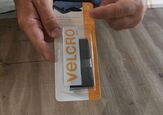
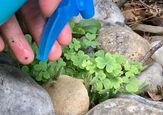
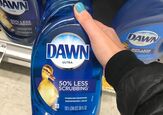
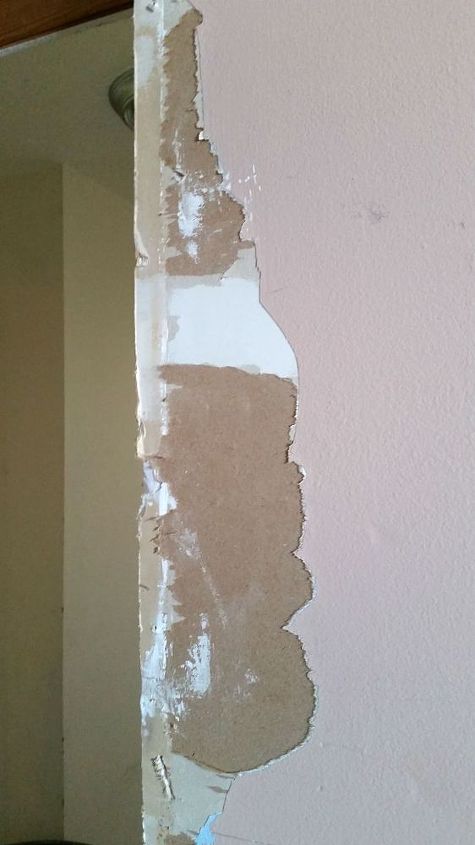







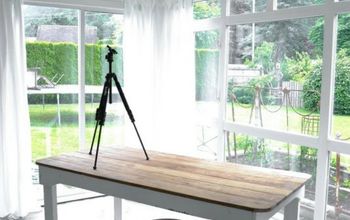
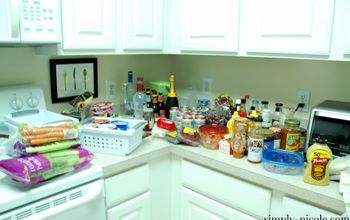



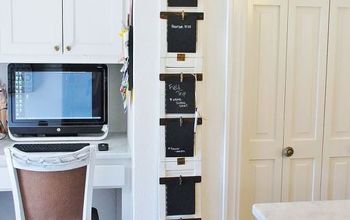
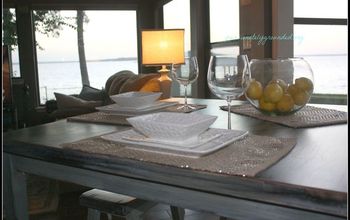
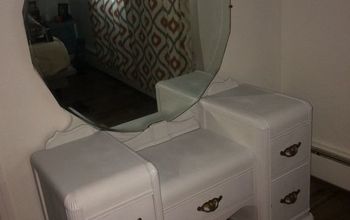
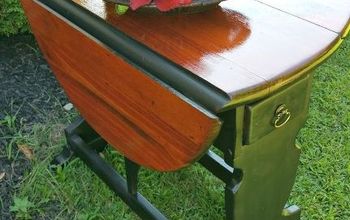
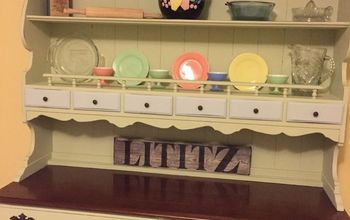
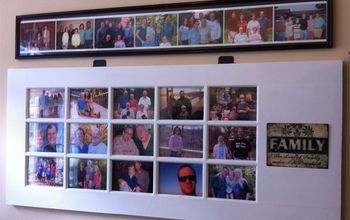
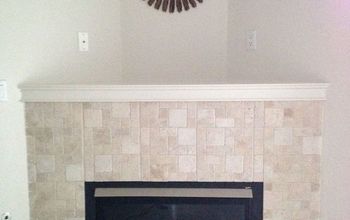
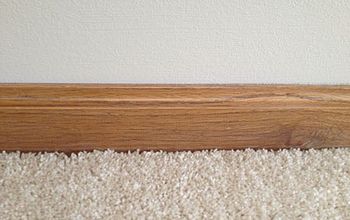
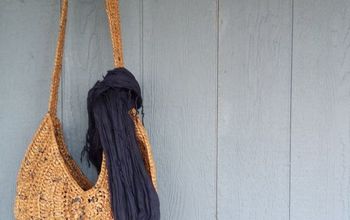
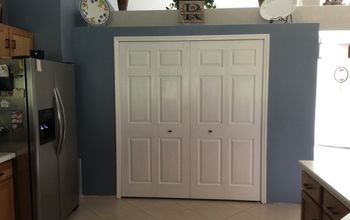
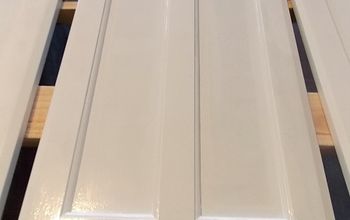
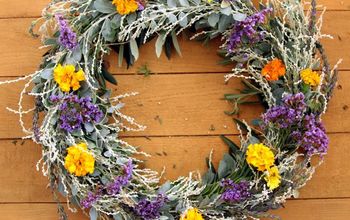
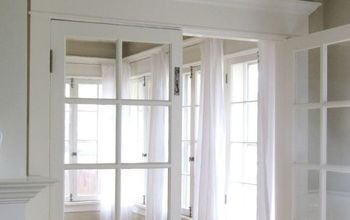
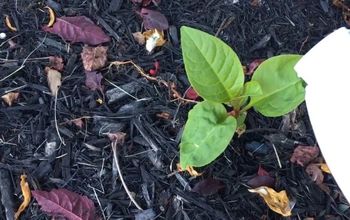
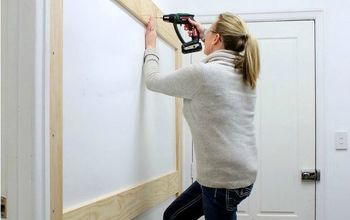
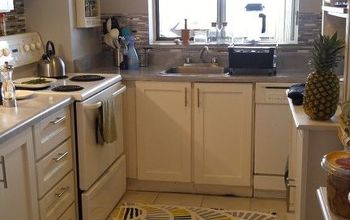
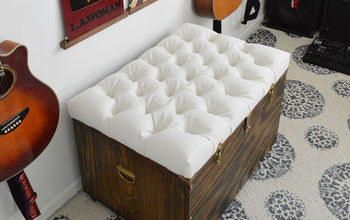
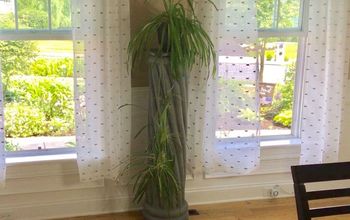
Frequently asked questions
Have a question about this project?